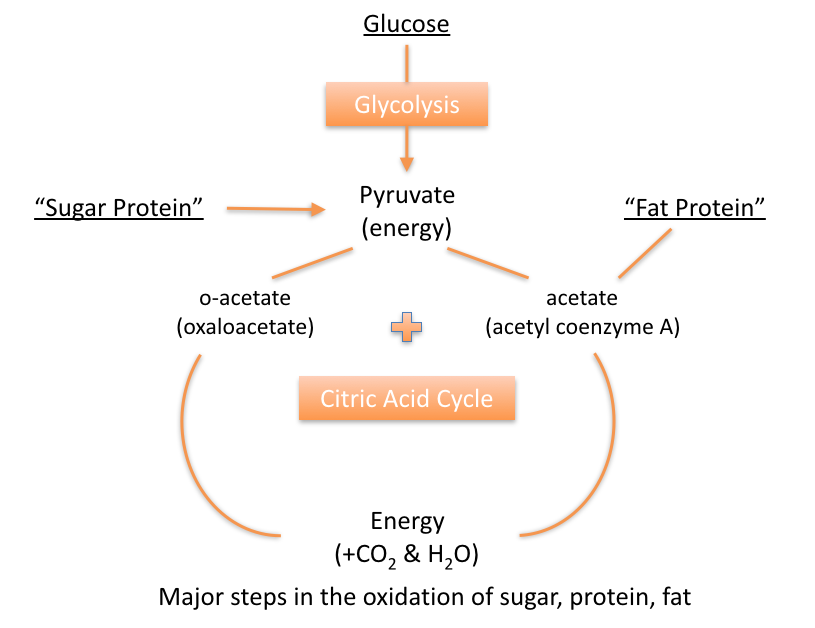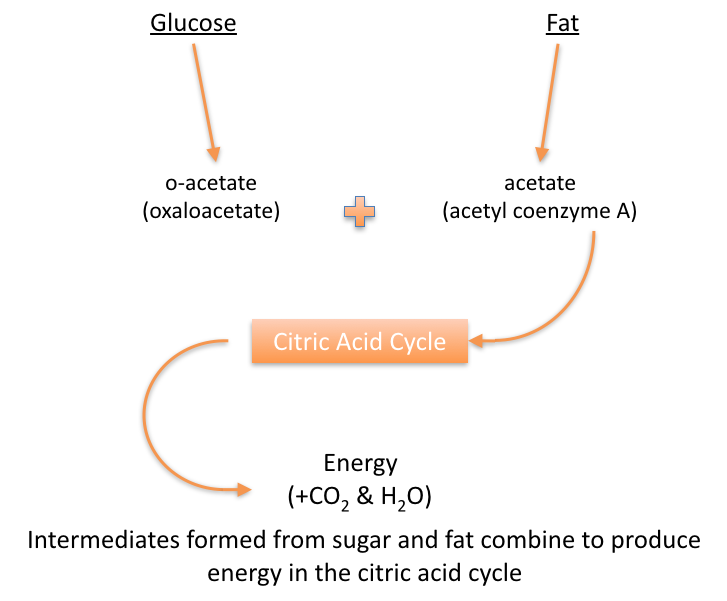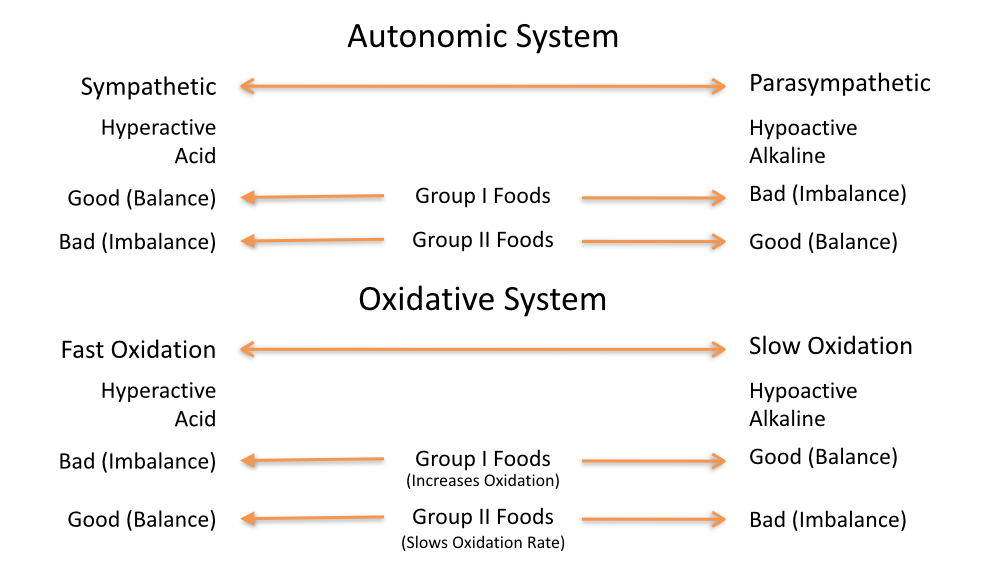In the 1930’s, dentist Weston Price began expeditions around the world and uncovered the link between modern eating habits and chronic degenerative diseases. He also discovered that there was no one diet that would be healthy for all people — there was too much variation in climate, local produce, environmental conditions, heredity, genetics, culture.
In later years, George Watson, Roger Williams, William Kelley, and others continued research in this area. They believed that people’s metabolisms functioned differently, which are largely determined by heredity.
Metabolic typing holds the key to more than just fat loss. Metabolic Typing has been used to treat disease – including cancer. Without knowing your metabolic type, you are guessing as to what you should be eating.
We’ve all heard the saying “One mans meat is another mans poison”. Metabolic Typing demonstrates that this is literally true by identifying our highly individualized dietary needs.
In the 1930’s, dentist Weston Price began expeditions around the world and uncovered the link between modern eating habits and chronic degenerative diseases.
He also discovered that there was no one diet that would be healthy for all people – there was too much variation in climate, local produce, environmental conditions, heredity, genetics, culture.
In later years, Dr William Kelley, a US dentist, continued research in this area. He believed that people’s metabolisms functioned differently when it came to two factors, which are largely determined by heredity:
- The Nervous System
- The Oxidative System
The Nervous System
The body has two nervous systems — the voluntary nervous system and the autonomic nervous system.
- The Voluntary Nervous System
- The Autonomic Nervous System
The Voluntary Nervous System
The voluntary nervous system is that part of the brain and nerves that are under the control of the conscious mind. Activities that you have definite control over, like making decisions, walking, speaking and the like are controlled by the voluntary nervous system.
The Autonomic Nervous System
The autonomic nervous system is that part of the brain and nervous system that carries on the functions of the body that we have very little or no conscious control over. The autonomic nervous system controls such activities as our heartbeat, respiration and reflexes.
The autonomic nervous system regulates the basic life-sustaining functions of the body such as the turning on and off of glands and organs, maintaining the acid/alkaline balance of the blood, saliva, and urine, digestion of food, balancing glandular functions, turning the cells on and off, and stimulating and retarding the body and its parts.
The autonomic nervous system is the master regulator of metabolism. It determines how efficiently and effectively the body uses food, water and air.
The Autonomic Nervous System Consists of Two Divisions
- The sympathetic nervous system
- The parasympathetic nervous system
These two divisions sends messages in the form of electric current to the different parts of the body. There is a nerve from each of the divisions to each part of the body.
The Sympathetic Nervous System
The sympathetic nervous system sends messages that in general accelerate or speed up our activities.
The Parasympathetic Nervous System
The parasympathetic nervous system sends messages that in general retard or slow down our activities.
The Oxidative System
The Oxidative System is involved with the rate at which nutrients are converted to energy in all of the body’s trillions of cells.


Fast Oxidizers:
Fast oxidizers are poor at metabolizing fats and overly reliant on carbohydrates for energy. These people burn carbohydrates too quickly but increased amounts of certain fats and proteins help balance them and normalize their energy production.
Slow Oxidizers:
Slow oxidizers have problems with deficient energy production and do better on more carbohydrates and less fat and protein in their diets.
The Autonomic Nervous System Imbalance
Both divisions of the autonomic nervous system must be balanced.
An imbalance of the sympathetic nervous system would be signs of:
- Poor digestion
- Constipation
- Anxiety
- Increased respiratory/heart rate
- Poor sleep patterns
- Waking un-rested
- Increased muscle tension
- Increased inflammatory conditions
- Increased susceptibility to infections
This is just to name a few…..
An imbalance of the parasympathetic nervous system would be signs of:
- Strong or excessive digestion
- Hyperactive bowel
- Decreased respiratory/heart rate
- Poor sleep patterns
- Mucus secretions
- Increased gag response
- Increased white blood cells count/allergies
This is just to name a few…..

